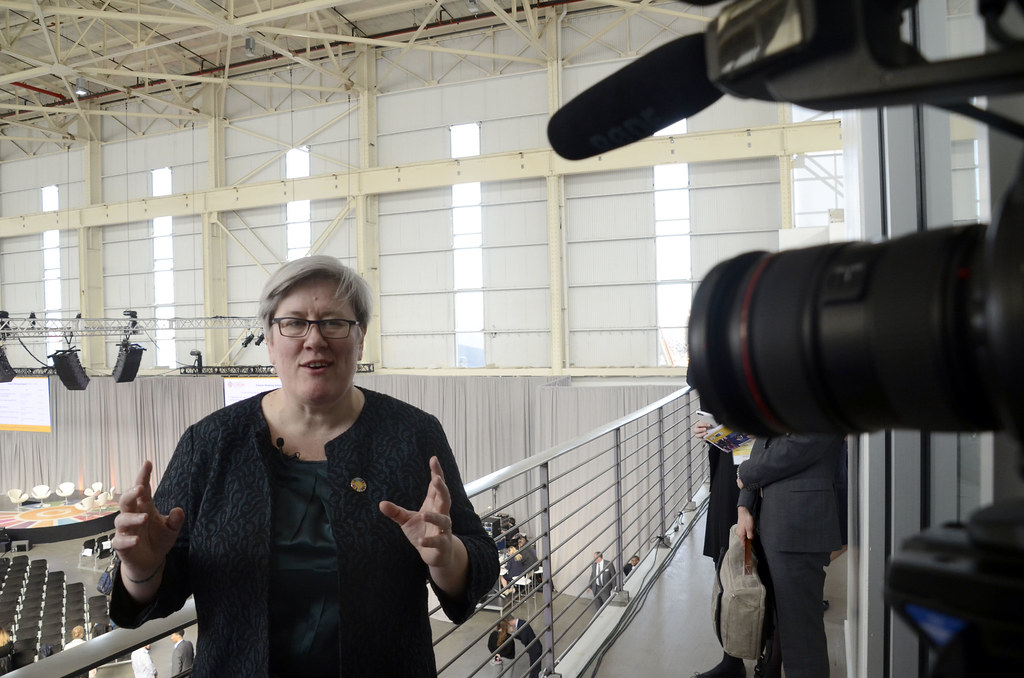


The climate is changing – and the case for business taking a leading role in defining how we address it is in beta test around the world. As organizations of various sizes grapple with understanding carbon – and their footprint – a set of carbon metrics and financial instruments are emerging.
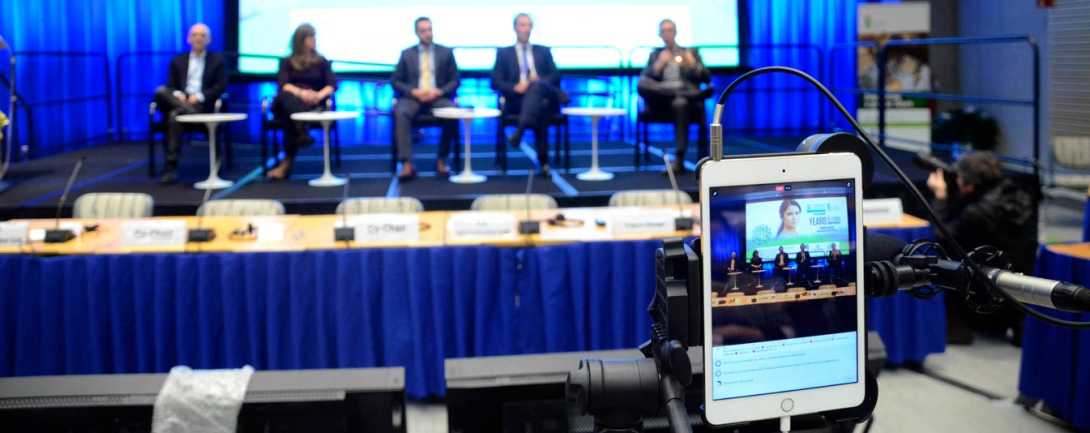
The Greening Government Webinar Speaker Series is a partnership between the Alberta Environment and Parks Department, the Alberta Climate Change Office and the Municipal Climate Change Action Centre-MCCAC to help governments in Alberta reduce their carbon footprints and grow their respective green economies, by sharing best practices via a webinar speaker series.

By 2020, 60 million people from sub-Saharan Africa are expected to migrate because of desertification. The Great Green Wall is a $8bn project restoring degraded land. But will it encourage people to stay or earn the money to go?
The first thing you notice about the garden is how out of place it looks in this dusty, hazy landscape, where herds of cows kick up sandstorms and goats nibble at sparse weeds below scraggly trees. The garden is a swatch of vibrant colour: green tufts growing lettuce, aubergine, watermelon and other produce form tidy rows, and women in bright skirts walk through, bringing tin watering cans from the well to hydrate this lush little corner in a vast, parched landscape.
Here, in Koyli Alfa village in central Senegal, Batta Mbengu works in this garden every Wednesday; there are almost 300 women who labour here, divided into groups of 30, with each group taking a weekly shift. And every week, each woman contributes 100 West African francs (about 14p) to a tontine – a communal pot of money that any member can cash out when she needs it. For example, when a member has a baby the other women bring the tontine money to the naming ceremony and gift it to the mother. It’s a safety net in a place where financial insecurity is part of life.
The garden is, the women hope, another safety net. They have saved their proceeds so far to buy seeds for next season, and are trying to turn enough of a profit to buy some chickens and support their families.
Mbengu certainly needs it. Her brother has spent the past month trapped in a Libyan prison, apprehended for trying to get to Europe. She misses Ndiaga, the family joker who worked as a tailor before leaving in secret. She also knows he won’t come back until he has something to bring the whole clan. “I hope he gets to Europe; the ones here want to go too,” she says. But maybe some day, the garden can be a reason for the young men of Koyli Alfa to stay. “When we realised our sons were risking their lives in boats we asked for this kind of programme,” she says.
"We want the garden to yield a lot so our sons won’t go abroad" Batta Mbengu
To encourage men like Ndiaga and their children to stay in their countries of birth, the World Bank, the EU and other international donors and development organisations are banking on gardens like this one. It is part of the Great Green Wall, an $8bn 4,000-mile effort to stymie the environmental devastation of climate change and the human misery that comes with it. This orderly garden isn’t just a local source of money and food, it’s also one link in an ambitious continent-wide chain seeking to reshape opportunities and stave off the wreckage of climate change.
While donors hope the project will encourage would-be migrants to enjoy better conditions at home, some migration experts say such development policies might have the opposite effect. With a little more money in peoples’ pockets, migration becomes more tenable.

The Great Green Wall is more of a metaphor than an actual wall. It was initially conceived as a physical barrier of trees on the edge of the desert, but over the past few years, it has evolved into a hodge-podge of projects that attempt to restore degraded land and combat desertification. Thanks in part to the ongoing war in Syria, the phrase “migration crisis” is on the pages of every European newspaper, on the lips of its politicians and on the minds of voters. While Syrians dominate the news coverage, many migrants risking their lives in inflatable boats travel from sub-Saharan Africa through Libya. It’s this story that environmentalists are increasingly trying to highlight in an effort to capture the attention (and money) of European governments and international donors.
By 2020, some 60 million people from sub-Saharan Africa are expected to migrate to North Africa or Europe because of desertification alone, and that number will only grow larger through the subsequent decades. Great Green Wall proponents now make the case that the wall is a key part of a broader strategy to stem the tide of African migrants coming to Europe’s shores – too many of whom die along the way.
“There is an emergency, and I have a feeling that people do not really get it,” says Monique Barbut, executive secretary of the UN Convention to Combat Desertification. “Most of the people who talk about migration – the press, the TV and all that – they always either say it’s because there’s a war or because they are so poor they are migrating. But why do you have wars? Why do you have economic distress which makes you migrate? It’s rare that people unearth the real roots of that question.”
Every year, some 12 million people from west and central Africa leave their home countries, and more than 75% of this migration happens within sub-Saharan Africa. Men from landlocked countries like Niger go to the coasts of Senegal or Cote d’Ivoire and work in the ports; others, who have a bit more to spend, go to South Africa, where they can earn more than in their villages.
But today, a greater number of migrants from more developed countries like Senegal pay smugglers to bring them to Europe. This pattern is not new, but the numbers are: this is the biggest global wave of migration since the second world war, and it is only set to grow. Development successes – fewer infant and child deaths, lower rates of maternal mortality, longer lifespans – coupled with stubbornly high fertility rates mean the population of the Sahel region is set to grow by 250% in just a few decades, from 135 million people today to 340 million by 2050. At the same time, communities that used to be desperately impoverished are doing a little better. There are more healthy young men with heavy financial obligations than in generations before, and more resources to afford the trip abroad.
The Senegalese village of Goulokum is – or was – home to many of these men. One of the Sahel’s “villages with no men”, the people you see around town reflect a curious demographic: young women, children and the elderly. Cheikh Diop, a tall, baritone 32-year-old son of a farmer, is one of the many men here who made his exodus, seeking work in Europe. He travelled up north to Mauritania, from where he and a dozen other men set sail on a rickety pirogue bound for Spain. As they pulled into Las Palmas, the Spanish police were there; in the end, Diop spent 40 days in Europe, every one of them in a Spanish jail. The Spanish authorities accompanied him on the flight back to Senegal, dropping him at the airport and handing him €50 to get home.
"Today it’s much hotter than it used to be many years ago. We used to have many good harvests. Not any more." Cheikh Diop
Diop went to Spain, he says, “because agriculture does not bring enough money”. That was 10 years ago, and now, with two wives and a child to support, it hasn’t become any easier – it’s only the difficulty of his previous trip and the fear of dying along the way that keep him home. Goulokum, he sighs, was different when he was a child, an easier place to survive.
In villages like Goulokum, it only takes a walk down the sunburnt central road to see who has gone to Europe and who hasn’t. The homes of migrants are expansive multi-room properties made of brick, concrete and cinderblock; the homes of those who stay are wood, with thatched roofs. So many families have a relative living in Italy that several of the older men speak fluent Italian. Children greet unfamiliar guests with “ciao”.
Migration, according to Elvis Paul Tangem, the coordinator of Great Green Wall for the Sahara and Sahel Initiative at the African Union Commission, “has completely changed the discourse around the Great Green Wall, and we are now looking at going deeper and talking more about issues of employment, social security, natural resource security”. The inability to make a living from the land is “one of the biggest push factors for immigration, as I know from my home country of Cameroon”, he says. “That is what makes ambitious youth leave. Either you leave or you join the next employer – which is either the traffickers or an extremist group, the leading favourite being Boko Haram.”
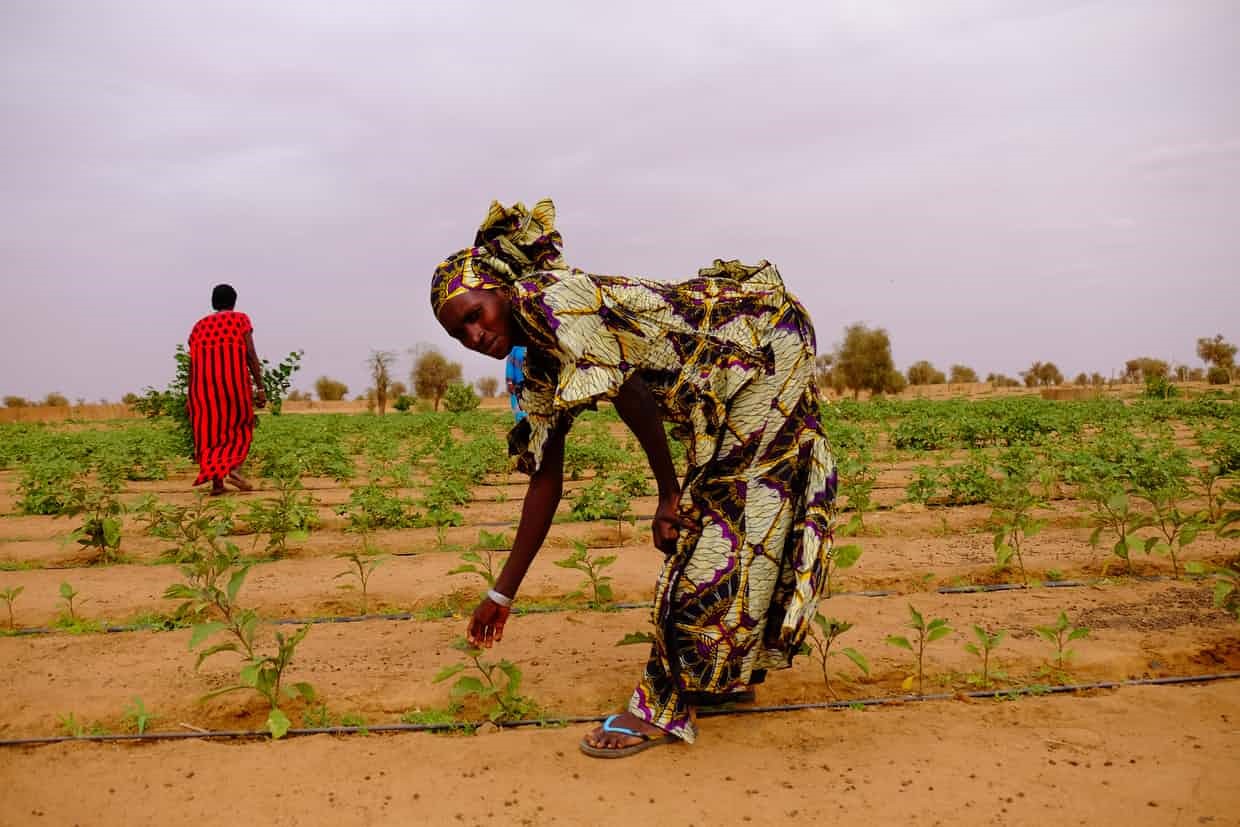
While many men, women and children in west and central Africa migrate to find work, others are fleeing conflict and some are forced out of their homelands because of climate change and its ripple effects; these three incentives also overlap. For some climate migrants, the impact of rising global temperatures is evident. Once-abundant land is no longer fertile; there is sand where there used to be trees; droughts come more often and last longer; grass on which to graze cows or goats becomes patchy and scarce; hotter weather and shorter rains means growing food or tending to your animals, as your father did, is no longer a viable option.
For others, the effects are indirect. Smaller plots of arable land mean more violent conflicts over it; terrorist groups grab food, water and land in areas of scarcity to consolidate power and influence; young men who are unable to support a family because the land is no longer productive find purpose and manhood in the extremist groups that wreak havoc and displace millions across the continent.
Communal gardens like the one in Koyli Alfa speckle the increasingly barren Senegalese landscape, as do multi-acre fenced-in plots of grass where men can do traditional men’s work: grazing their goats and cows. Over-grazing has depleted the land and men took to cutting down trees to feed their herds, making it harder to grow anything at all.
Now, local agricultural technicians with the Great Green Wall, like 47-year-old Samba Sall who has worked here since 2008, help manage the grazing lands and patches of produce. Ten men are employed as grassland guards to regulate grazing and others, many of them high-school-aged boys, are paid to help reforest the land. Countrywide, 11.4m trees have been planted since 2007. “Before, they were playing cards,” Sall says. “Now they plant the trees.”
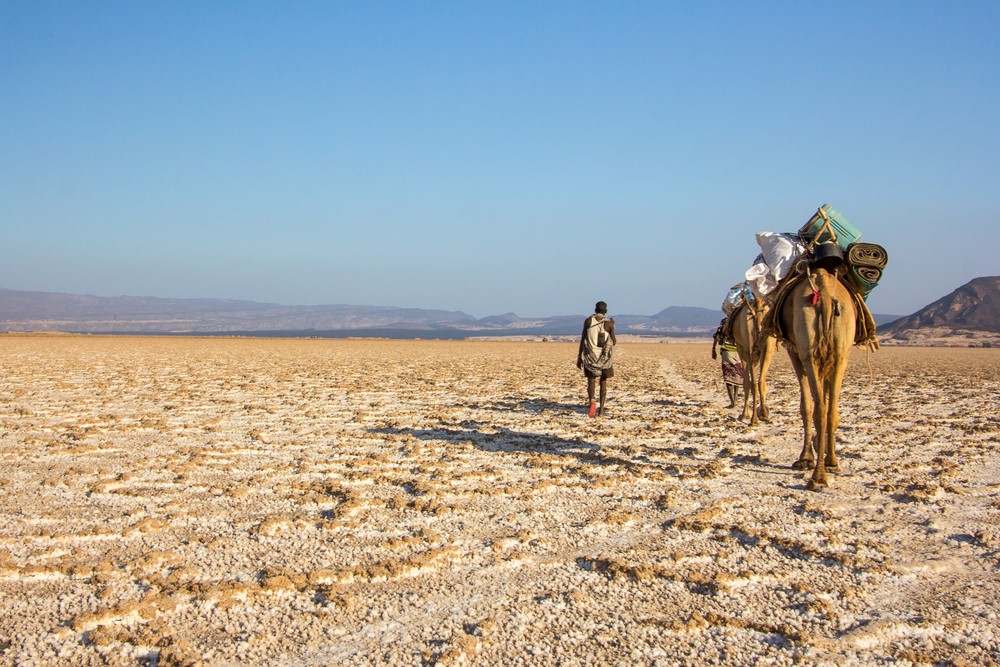
The project is new, and there’s still a lot of hand-holding. The Great Green Wall gives the gardeners seeds, hires local staff, pays the water bill and brings in water systems, fertiliser and barbed wire for security. On Mondays, the women take the produce to the market. It will also take years of training and support to make these environmental interventions self-sustaining – at some point, the garden in Koyli Alfa needs to be able to afford its own water, seeds and fertiliser, and it’s nowhere close. It’s also going to have to expand. To really make a difference, experts say, the gardens have to offer more than basic subsistence farming, and more even than selling produce to other nearby villages.
Here, too, Barbut sees an opportunity, with Europe relying heavily on imported food and not producing enough on its own. “The only place in the world today where you can produce food in quantity is Africa.”
The Great Green Wall spans from here in Senegal to Djibouti on the horn of Africa, cutting across the Sahel and the Sahara. In Agadez, Niger, a hub for human smugglers bringing migrants across the border to Libya and then into boats across the Mediterranean, one pilot project is paying 100 young men €100 per month to help restore 500 hectares of depleted land. The Great Green Wall is training another 500 Malian men stuck in migrant camps in Niger, hoping that the Malian government will see the wisdom in giving men trained in land restoration some work to do when they return.
In Ethiopia, 15m hectares of land have already been restored; in Nigeria, it’s 5m, and in Sudan, 2,000. According to the UNs Commission to Combat Desertification, the ultimate goal is to complete the wall by 2030 and bring with it 50m hectares of restored land, food security for 20 million people, access to climate change-resilient agricultural technologies for 10m small farms and 350,000 jobs across the continent.
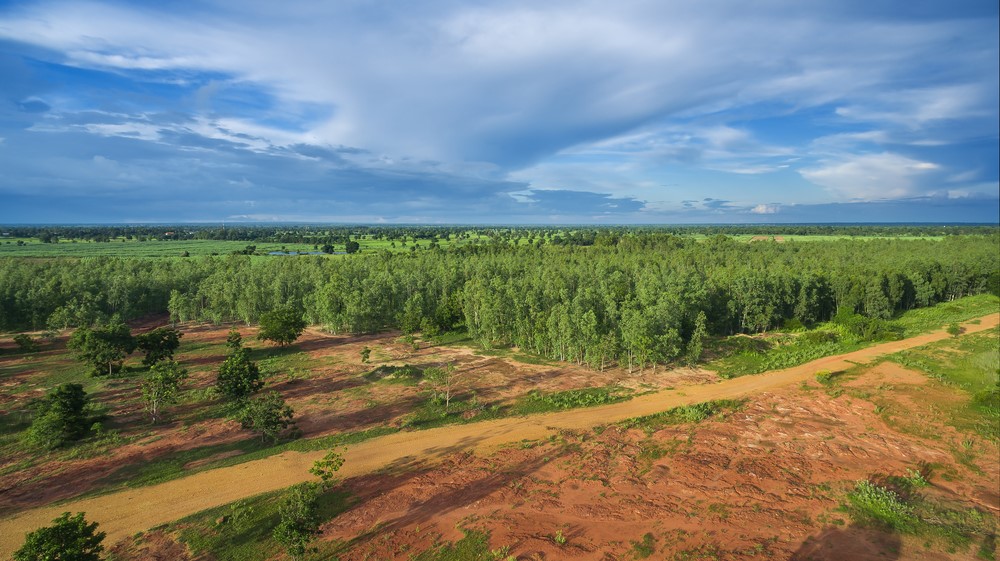
“Most of those projects are labour-intensive,” says Barbut. “They are not technology projects. You do not need to be trained for five years, you do not need to buy machines from outside, you don’t need those kinds of things. But you need the few hundred euros per farmer so that they can eat every day.”
But a few hundred euros more than in the past, many migration experts say, doesn’t add up to staying put – it means more people can afford to leave. For many men from Senegal and other African nations that are inching toward greater prosperity but still have astronomical unemployment rates, a ticket to Europe is a sound financial investment. Those who migrate from countries like Senegal aren’t the poorest of the poor; they’re often from better-off families. And indeed, as household income goes up in sub-Saharan Africa, so does the propensity to migrate.
Proponents of the Great Green Wall are banking on that trend turning around. As word trickles back about the many migrants who die in the Nigerien desert or drown in the Mediterranean, and the militias who run brutal migrant prisons and even slave-trading posts in Libya, the traditional factors that call young men to Europe’s shores may be eclipsed by fear and self-preservation.
The wall, advocates hope, will temper some of the push factors as well by making a job at home, if not fortune-making, at least reasonably bearable. At the very least, they say, the Great Green Wall seeks to combat climate change, and the wider effects of that – preventing conflict, starvation and drought – are beneficial worldwide.
Find more articles from Connect4Climate's partners here.
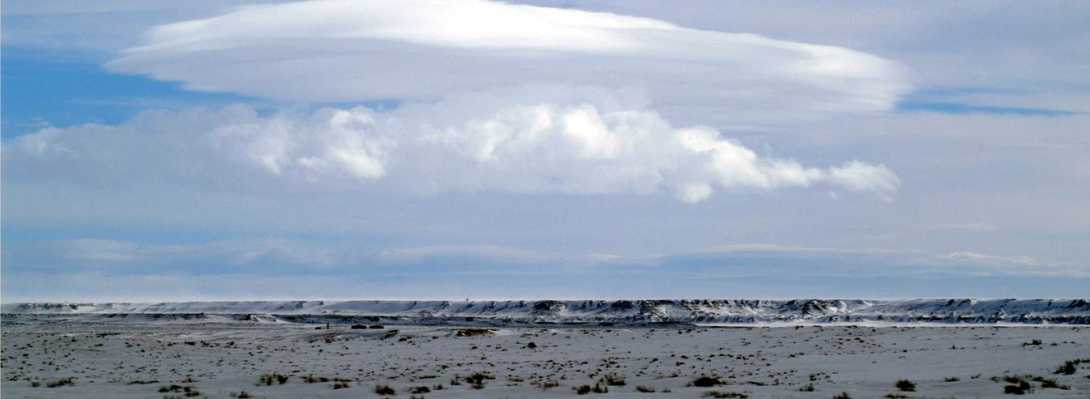
Sustainable Energy for All reveals a new initiative to spur action and political leadership in increasing access to integrated cooling solutions. The announcement follows record-breaking temperatures recorded last month in Iran of 129 degrees.
As global temperatures reach record highs, Connect4Climate's partner Sustainable Energy for All announced a new initiative to identify the challenges and opportunities of providing access to affordable, sustainable cooling solutions for all.
The new Cooling for All initiative will focus on how we embed growing cooling demands that can reach everyone within a clean energy transition, and in turn, support faster progress to achieve the goals of the Montreal Protocol’s Kigali Amendment* agreed last year in Rwanda.
Cooling solutions are an essential need for everyday life – from cold supply chains for fresh produce, safe storage of life saving vaccines and medicines, to safe work and educational environments that increase productivity – cooling needs are not just an air conditioner, but a necessity that puts the focus on super-efficient technologies and innovation to meet our needs.
With populations rising, growing cooling needs risk creating a significant increase in energy demand, that if not managed through super-efficient technologies or clean sources, will cause further climate change impacts and a rise in emissions.
The work of the initiative will therefore create a direct intersect between three internationally agreed goals for the first time: the Paris Climate Agreement; the Sustainable Development Goals; and the Montreal Protocol’s Kigali Amendment* – with one of the key goals of the amendment to limit consumption and production of hydrofluorocarbons (HFCs), a potent greenhouse gas used widely in air conditioners and refrigerators.
An important part of the initiative that will support greater, more informed action, will be the Cooling for All Global Panel. The panel will bring together a group of high-level leaders from government, academia, civil society, business and finance leaders who will together better understand the challenges and opportunities of providing access to cooling solutions for all across the world.
The panel will be co-chaired by two governments who are dealing with issues of cooling access in their own countries. The co-chairs will lead the groups work in developing a comprehensive report that offers the evidence, suggested solutions and understanding of how we accelerate the uptake of cooling solutions to create sustainable cooling access for all, including the poorest countries and their citizens who are often disproportionality affected.
Rachel Kyte, Chief Executive Officer of Sustainable Energy for All and Special Representative of the UN Secretary-General for Sustainable Energy for All (SEforALL), who will act as secretariat for the global panel, said: “As the world grows dangerously warm, access to cooling will become the difference between life and death in some parts of the world that suffer from extreme heat. A clean energy transition is already underway globally that can provide affordable, safe and sustainable energy for all. We must now incorporate cooling for all needs within this transition, while keeping us on track to reach our global climate and energy goals.”
Rachel Kyte, CEO of Sustainable Energy for All in an interview for Connect4Climate. Photo Credits: Max Thabiso Edkins
Investing in more efficient cooling solutions provides a great business opportunity for the private sector, and mobilizing them to meet the goals of the Kigali Amendment and reduction in HFCs is a priority. However, estimated costs show investments in super-efficient technologies would be offset by gains in energy efficiency, and could in the long-term create potential savings across business operations.
The Cooling for All work is being funded by the Kigali Cooling Efficiency Program. Dan Hamza-Goodacre, Executive Director, Kigali Cooling Efficiency Program, commented: “We need cooling to work, rest, play and worship. In short, life depends on cooling, especially in a warming world. Yet not everyone has access to cooling. That has to change. Which is why the new SEforAll initiative on Cooling for All is so important. It's time to reap the benefits of cooling for people across the world, whilst limiting the impact on the climate. We can't keep cooling down by warming the planet up.”
The initiative will convene its first panel meeting this September in New York on the sidelines of the UN General Assembly and Climate Week NYC, where co-chairs and panel members will be announced. The panel’s report will be launched in 2018.
* Background
The Montreal Protocol is a multilateral environmental agreement that is successfully preventing massive damage to human health and the environment from excessive ultraviolet radiation from the sun by phasing out the production and consumption of substances that deplete the ozone layer. On 15 October 2016, in Kigali, the parties to the Montreal Protocol reached agreement at their 28th Meeting to phase down consumption and production of hydrofluorocarbons (HFCs), which are frequently used as substitutes for ozone-depleting substances (ODSs). Although HFCs are not ODSs, they are powerful greenhouse gases that have significant global warming potentials (GWPs). The Kigali Amendment is a binding international agreement, or treaty, which is intended to create rights and obligations in international law.

As the result of a journalism competition that concluded this week, ten journalists from the Pacific island region have been chosen to travel to and report from this year’s UN climate conference taking place in Bonn, Germany (COP23, 6 – 17 November).
The ten outstanding journalists from print, on-line and radio/TV will receive sponsored participation in the conference, media training at the prestigious DW Akademie and access to UN and other experts.
The Pacific island journalism competition reflects the important role the small island developing State of Fiji will be playing at the 23rd Conference of Parties to the UN Framework Convention on Climate Change - the official title of the conference.
Fiji will be presiding over COP23 and the Fijian Prime Minister, Frank Bainimarama, will undertake the key role of COP President on behalf of all countries attending.
The competition was generously funded by the German Government’s Ministry of Foreign Affairs.
Nick Nuttall, Director of Communications of the UNFCCC and Spokesperson for COP23, said:
“We are impressed by the high standard of the entries to the competition and would have liked to invite everyone who submitted their work under the competition, but that is unfortunately not possible. We’re now looking forward to welcoming the 10 winners in Bonn in November.
I would like to express my deep gratitude to the Germany’s Ministry of Foreign Affairs for financially supporting this competition, and to the Fijian COP23 Presidency for its advice and getting the message out about the competition in the Pacific region. The Presidency, the government of Germany and the UNFCCC were concerned that the costs of getting to and from Bonn would have been prohibitive for many journalists from that region.”
“We all acknowledged that it was vital to have media from that location here to report to their publics and witness the negotiations, the rich array of Global Climate Action events taking place and the cultural activities that surround such conferences,” he added.
The 10 participants were selected by a judging committee consisting of two members of the UNFCCC; two from the Ministry of Foreign Affairs communications branch; and two independent judges representing the Fijian COP23 Presidency. Their decision of the jury is final.
The jury selected six winners from print and online, two from radio and two from TV.
The winners are:
Print and Online
Ofani Eremae (Solomon Star, Solomon Islands)
Iliesa Tora (The Nuku’alofa Times, Tonga)
Lani Wendt Young (Samoa Planet, Samoa)
Jared Koli (The Island Sun, Solomon Islands)
Lice Movono (The Fiji Times, Fiji)
Anita Roberts (Vanuatu Daily Post, Vanuatu)
Radio
Mereoni Mili (Wansolwara – University of the South Pacific, Fiji)
Georgina Kekea (Solomon Islands Broadcasting Corporation, Solomon Islands)
TV
Elenoa Turagaiviu (FBC News, Fiji)
Florence Jonduo (EMTV, Papua New Guinea)
More information can be found on the relevant DW Akademie web page here.
Photo Credits: Flickr/birdyartworks
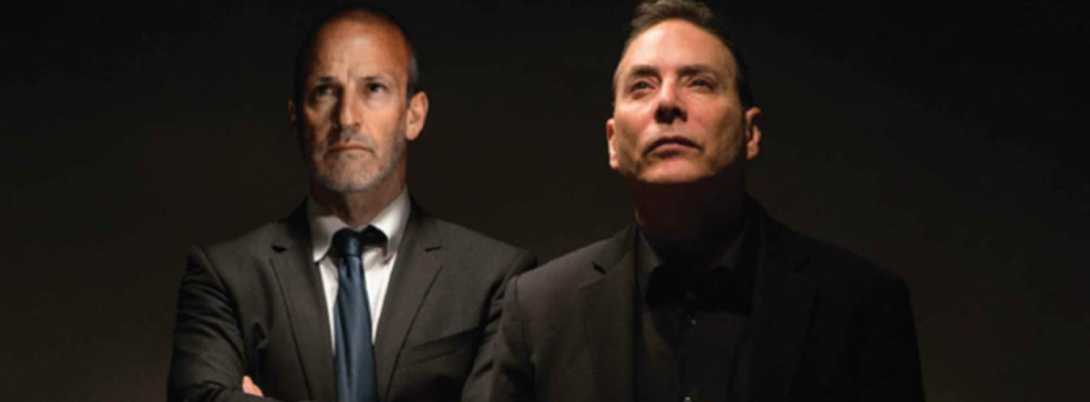

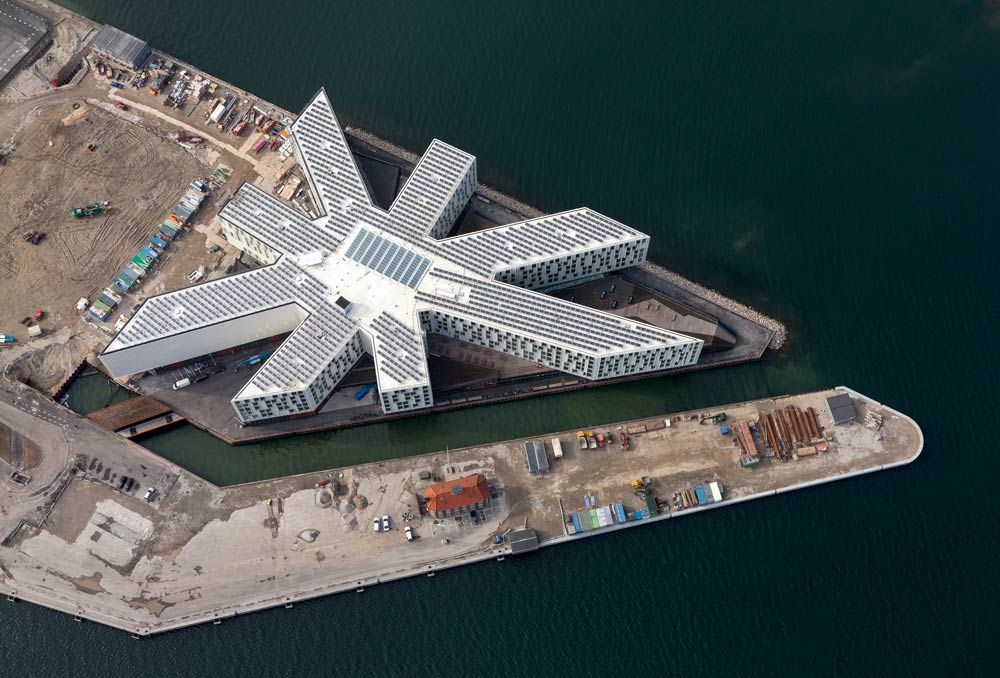
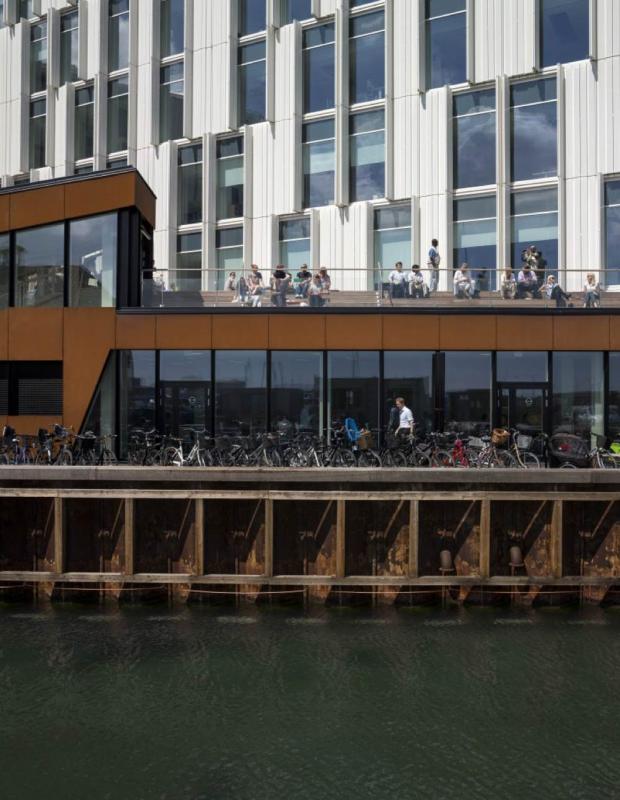
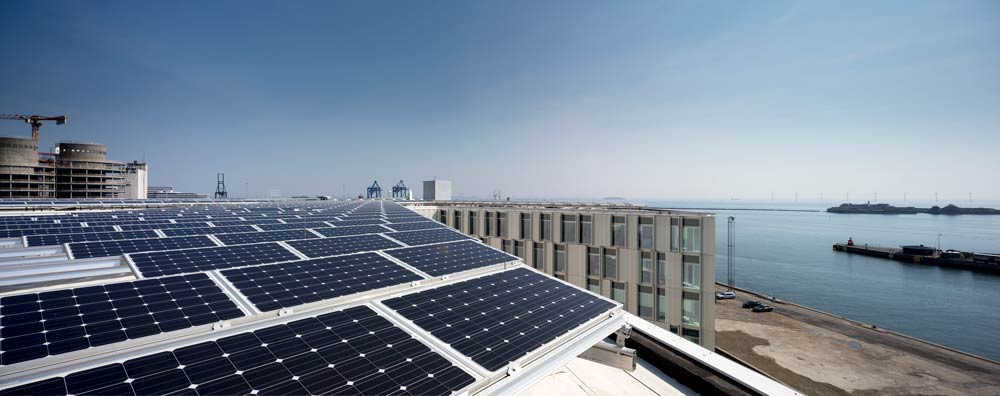
Platinum performance
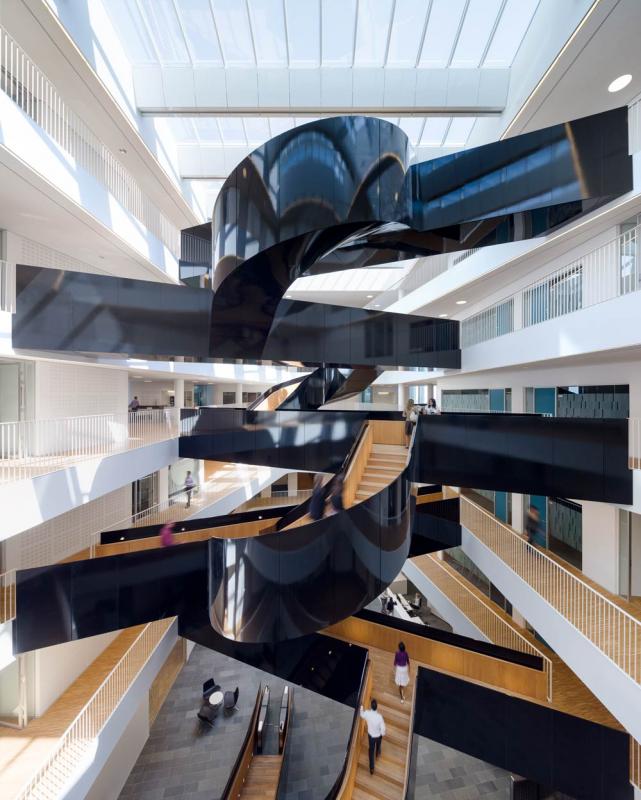
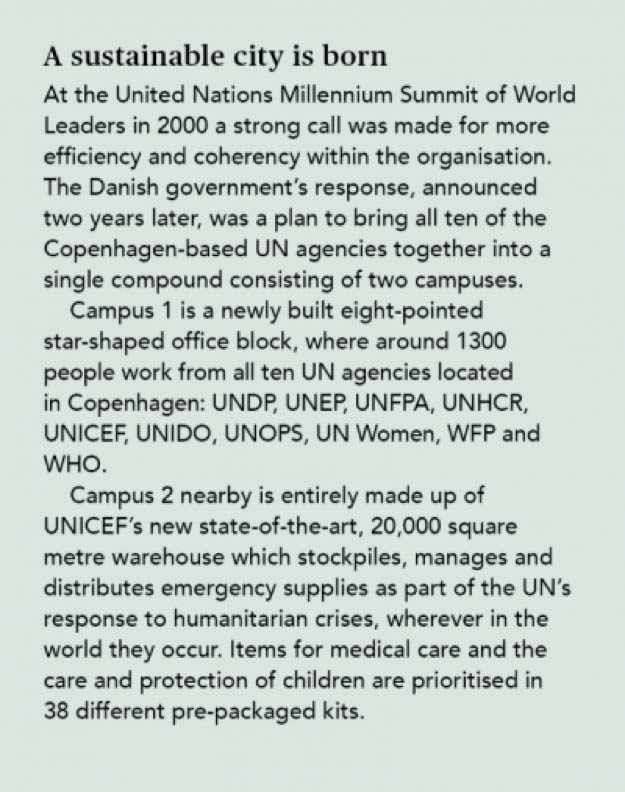
Proven to work
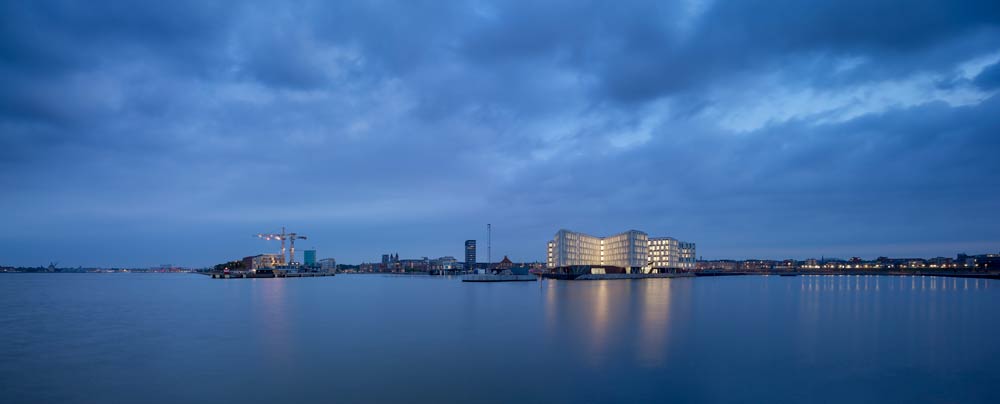
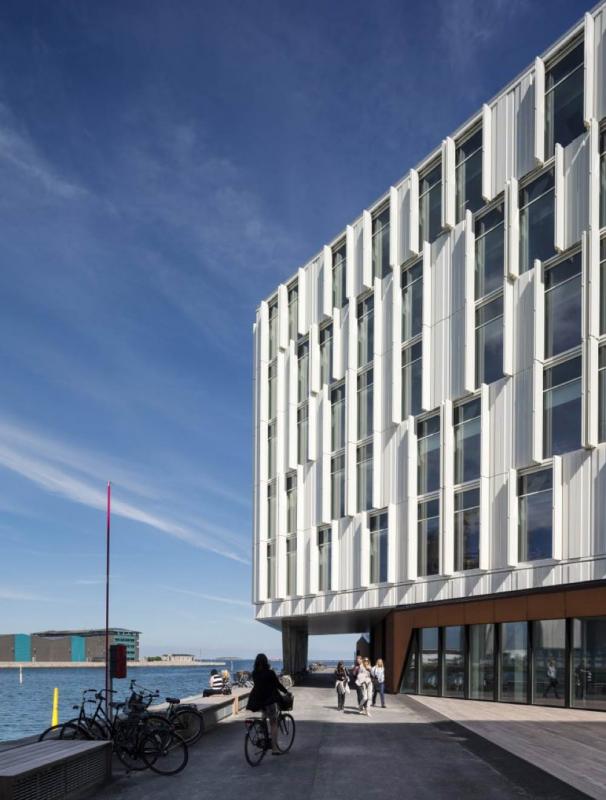
Intelligent walls
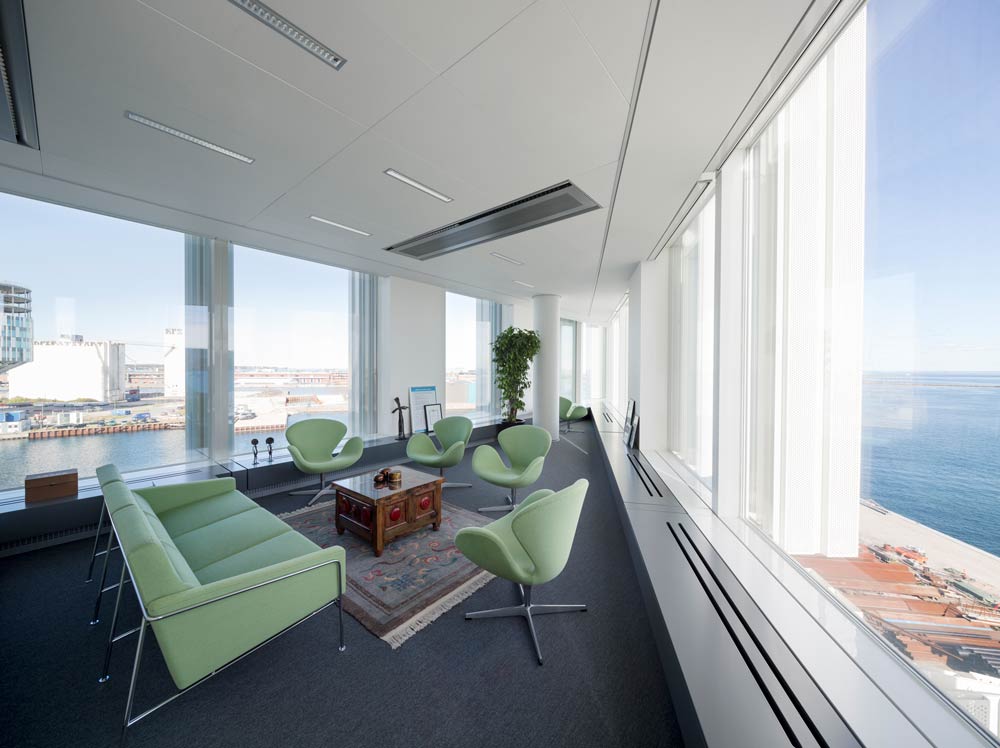
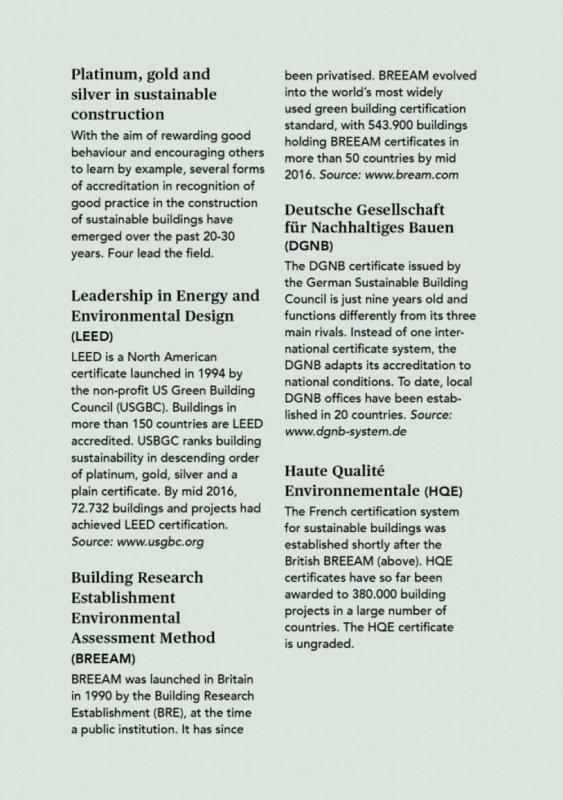
Hosted by the World Bank Group and supported by Italy’s Ministry of the Environment and Energy Security and Germany’s Federal Ministry for Economic Cooperation and Development, Connect4Climate (C4C) is a global partnership for a livable planet that connects, creates, and communicates to build long-lasting change for future generations.
